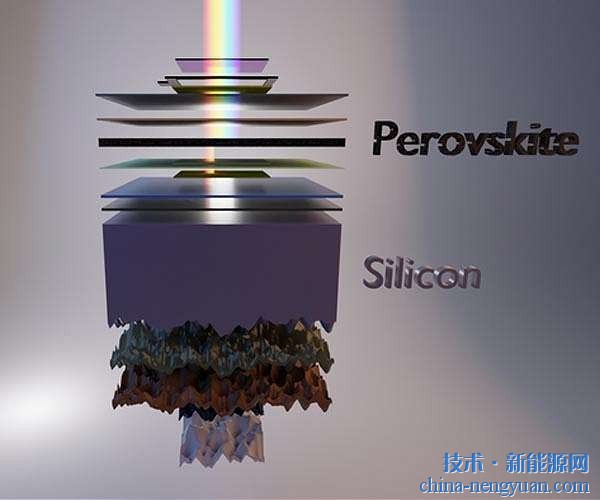Figure is a miniature walking "biological robot" controlled by muscle cells and controlled by electric pulses. A new generation of microbiological robots can contract muscles. Engineers at the University of Illinois at Urbana-Champaign displayed a class of walking "bio-bots" that are powered by muscle cells and controlled by electrical impulses. Researchers can give orders. The related papers were published online in the recent "Journal of the National Academy of Sciences". "Regardless of whether you want to make any kind of biological robot, cell-driven biostimulation is a basic requirement," said Rashid Bashir, director of bioengineering at the University of Illinois at Urbana-Champaign, responsible for the study. "We are integrating engineering principles with biology to design and develop bio-robots and systems for the environment and medicine. Biology is very powerful. If we can learn to use its advantages, it will bring many good things." Bashir's team used 3D printing technology to create a flexible bio-robot consisting of a hydrogel and living cells. Previously, they had used beaten mouse heart cells to create a biological robot that could walk on their own, but the heart cells kept shrinking, preventing them from controlling the movement of the robot. Therefore, it is very difficult to design a biological robot with heart cells. It cannot be switched on, speeded up or slowed down. The newly designed bio-robot is inspired by natural tendon skeletons. According to a recent report by the Physicists Organization Network, they used 3D printed hydrogels to make the main bones, both supporting biological structures and bending like joints. Then anchor a muscle to the main bone, just like the tendon attaches the muscle to the bone. The speed of biological robots is controlled by the frequency of electrical pulses. The higher the frequency, the faster the muscles contract and the faster the biological robots go. "The skeletal muscle cells are very attractive, you can use external signals to adjust its pace." Basil said, "Eg design a device so that it can feel a certain chemical substance or receive a signal When you start working, you can use skeletal muscle. We use it as one of the design tools. Engineers have different plans when designing." "This is entirely natural. Our research is based on the principles of bionic design, such as the self-organization of the musculoskeletal system." Carolyn Twitkovic, the first author of the dissertation, said: "The results represent the development of biological machines." An important step in controlling and stimulating, training, or cultivating them to work. This system may eventually develop into a generation of biologics for drug delivery, surgical robots, 'smart' transplants, mobile environmental analyzers, etc." In the next step, the researchers will strengthen the control of the movement of the living creatures and, like the integrated neurons, use light or chemicals to control the movement of the creatures in different directions. "Our goal is to use these devices as 'autonomous sensors'," Basil said. "For example, let it feel a certain chemical substance, move it towards it and release the neutralizing agent. It is to stimulate the control of biological devices. A big step towards the goal." Street Light, Mains Street Light, Solar Street Light, LED Street Light, Pedestrian Light Jiangsu chuanglv Transportation Facilities Co., Ltd , https://www.clsolarlights.com